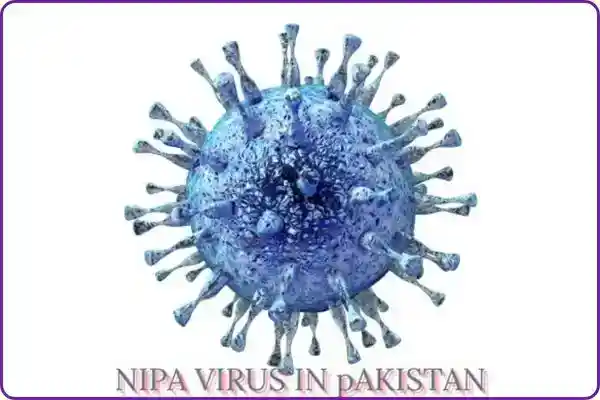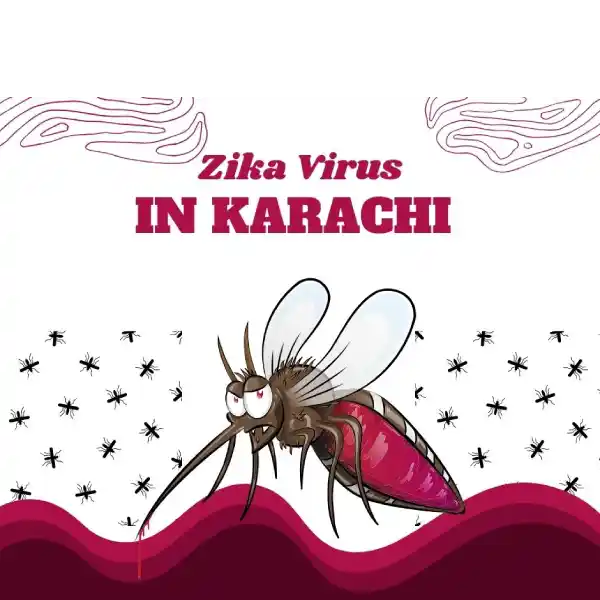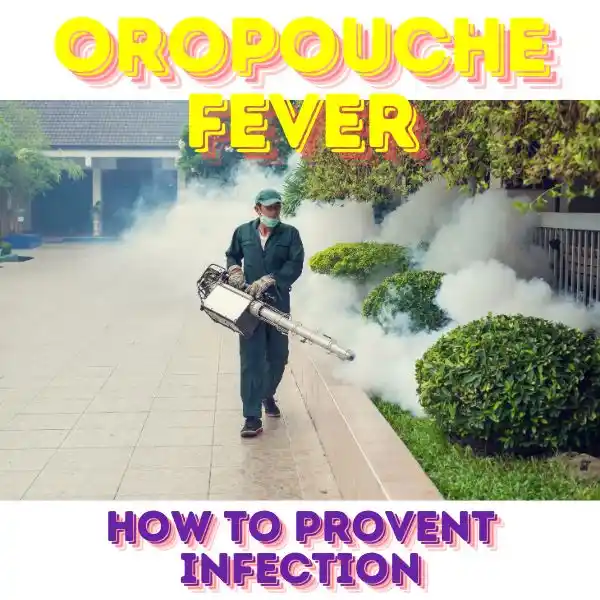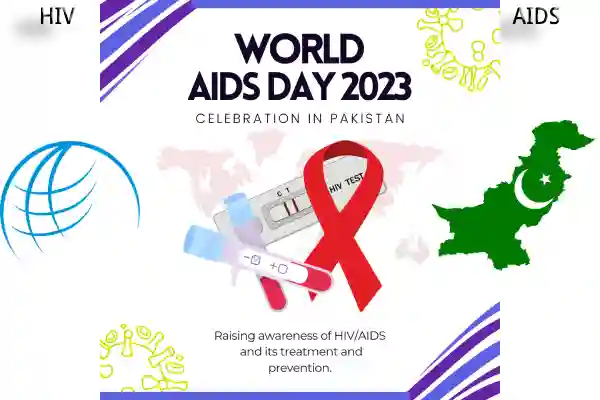The virus alert! Staying Alert and Taking Precautionary Measures
What is the Nipah virus
Nipah Virus WHO
The virus, known medically as NiV, is a deadly zoonotic pathogen that poses a significant threat to human health. It was first identified during an outbreak in Malaysia in 1999, with no new outbreaks reported in Malaysia since then.
However, subsequent outbreaks have occurred in countries such as Bangladesh and India, with the virus found in various bat species across multiple countries.
In-Depth Information:
Definition and Medical Name:
The NiV, is a member of the Henipavirus genus and falls under the Paramyxoviridae family. It is responsible for causing severe respiratory and neurological diseases in humans, with a high mortality rate.
Nipah virus causes
NiV is a zoonotic virus transmitted from animals (particularly fruit bats and pigs) to humans. It can also spread through contaminated food and direct human-to-human contact.
This virus poses a public health concern due to its ability to infect various animals and cause severe disease in humans.
History:

Nipah virus origin
This virus gained recognition during the 1999 outbreak in Malaysia, primarily among pig farmers.
Although no new cases have been reported in Malaysia, the virus has continued to cause outbreaks in Bangladesh and India.
Evidence of the virus has been found in several bat species across countries, including Cambodia, Ghana, Indonesia, Madagascar, the Philippines, and Thailand.
Nipah virus Malaysia
Between September 1998 and May 1999, Malaysia faced a severe Nipah virus outbreak, primarily striking the states of Perak, Negeri Sembilan, and Selangor.
During this period, the outbreak led to a staggering 265 cases of acute encephalitis, resulting in 105 tragic deaths. Initially, health authorities misidentified the disease as Japanese encephalitis, which hindered the prompt implementation of effective prevention measures.
It wasn’t until a local virologist from the University of Malaya unveiled the virus as a new and deadly agent, subsequently named Nipah virus . Unlike Ebola, NiV targeted the brain system instead of blood vessels.
The outbreak had devastating impacts on both human and animal populations, severely affecting the livestock trade and the Malaysian swine industry.
Nipah virus India
The Nipah caused outbreaks in different parts of India over the years. Notably, in 2001, Siliguri, West Bengal, witnessed a significant outbreak with 66 reported cases and 45 fatalities. In 2007, Nadia district, West Bengal, experienced another outbreak, leading to 5 confirmed cases and 3 deaths. More recently, in 2018, Kerala faced a substantial outbreak, reporting 19 confirmed cases and 17 tragic fatalities.
- 2001: Siliguri, West Bengal – 66 cases, 45 deaths.
- 2007: Nadia district, West Bengal – 5 cases, 3 deaths.
- 2018: Kerala – 19 cases, 17 deaths.
Nipah virus Kerala
Proactive Measures Taken by Kerala State to Combat the Virus Outbreak in India We in Pakistan must follow the measures taken by Kerala state in India to contain the virus in the same way in Punjab.
- Closure of Schools and Offices in Affected Areas.
- Extensive Testing: 706 people, including 153 health workers, were tested.
- Isolation of Confirmed Cases for Treatment.
- Public Gathering Restrictions: Advised people to avoid gatherings in Kozhikode for ten days.
- Emphasis on Face Mask Usage.
- Hospital Visits for Emergencies Only.
These measures were implemented proactively to control the virus, protect public health, and minimize further transmission during the virus outbreak in Kerala.
Nipah virus symptoms
- Fever: Sudden onset of high body temperature.
- Headache: Severe and persistent headaches.
- Respiratory Issues: Cough, sore throat, and breathing difficulties.
- Vomiting: Nausea and vomiting may occur.
- Neurological Disturbances: Disorientation, drowsiness, and mental confusion.
- Seizures: Uncontrolled body movements may develop.
- Coma: Rapid progression to an unconscious state.
- Brain Swelling (Encephalitis): Inflammation of the brain.
- Long-term Effects: Survivors may experience persistent convulsions and personality changes.
- Latent Infections: Symptoms can manifest months to years after exposure.
- High Mortality Rate: Death may occur in 40-75% of cases.
High Alert by Punjab government: Battling the Virus Threat
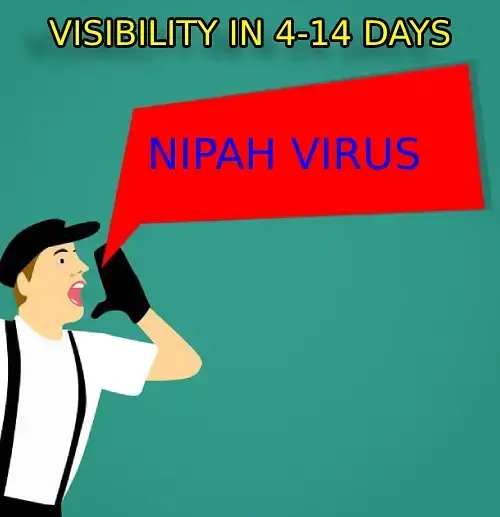
Nipah Virus Treatment
Nipah virus prevention:
No licensed treatments exist for Nipah virus infection. Care is mainly supportive, addressing symptoms with rest and hydration. Immunotherapeutic treatments, like monoclonal antibodies, are being developed, with m102.4 in clinical trials. Remdesivir shows promise in nonhuman primates, while ribavirin’s efficacy remains uncertain. Taking precautionary measures is vital in preventing the spread of the Nipah fever;
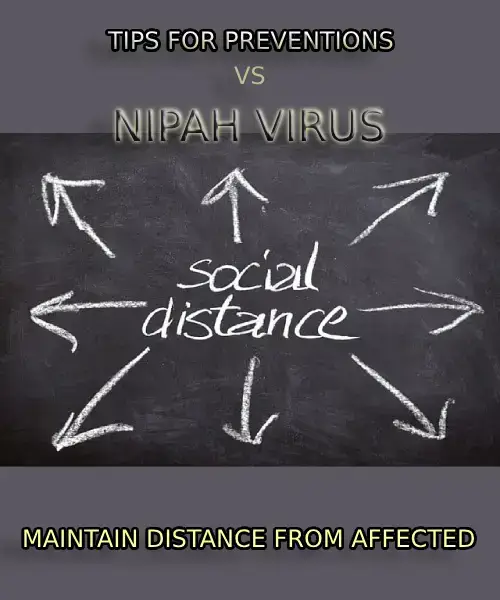
- Hygiene Practices:
- Frequent handwashing with soap and water for at least 20 seconds.
- Use hand sanitizer with at least 60% alcohol if soap and water are unavailable.
- Protective Gear:
- Wear gloves and masks when caring for infected individuals or in healthcare settings.
- Social Distancing:
- Maintain a distance of at least 6 feet from individuals outside your household.
- Food Safety:
- Avoid consuming raw date palm juice or fruits potentially contaminated by bats.
- Thoroughly wash and peel fruits before consumption.
- Animal Safety:
- Take precautions to protect domestic animals, especially in areas with fruit bats.
- Ensure cleanliness and disinfection on pig farms.
- Hospital Protocols:
- Healthcare workers should follow strict infection control practices when dealing with suspected Nipah cases.
- Isolate patients with suspected virus infection.
Treatment:
As of now, there is no specific antiviral treatment or vaccine available for this deadly infection. Medical care primarily focuses on managing symptoms and providing supportive care for respiratory and neurological complications.
Nipah virus vaccine
There is no vaccine available to date, rather an experimental vaccine for NiV is in early-stage development, with a Phase 1 clinical trial underway. However, as of now, no licensed vaccine is available for NiV treatment.
The vaccine’s broader availability will depend on trial results, regulatory approvals, and manufacturing processes, with updates from health authorities and researchers to follow.
Mortality Rate:
NiV infection presents a spectrum of symptoms, varying in intensity from mild to severe. Alarming statistics reveal that documented outbreaks from 1998 to 2018 witnessed a significant mortality rate, with 40% to 70% of infected individuals succumbing to the virus.
This underscores the grave nature of NiV infections and the urgency of preventive measures and research for potential treatments.
The NiV has a high mortality rate, estimated to be between 40% and 75%. The rate can vary based on local capabilities for surveillance and clinical management.
Nipah virus transmission
Practice good hygiene
The Henipavirus has demonstrated its ability to spread rapidly, both from animals to humans and from person to person.
Transmission in the past has occurred through direct contact with infected animals, contaminated food, and close contact with infected individuals.
The incubation period can range from 4 to 14 days, with some cases showing an incubation period of up to 45 days.

Bottom line
The Nipah virus is a highly dangerous pathogen with a significant mortality rate. While there is no specific treatment or vaccine available, practicing good hygiene, maintaining social distancing, and avoiding contact with infected animals are essential measures to reduce the risk of transmission.
Staying informed about the virus’s status and adhering to preventive guidelines are key to protecting oneself and the community from this deadly disease.

